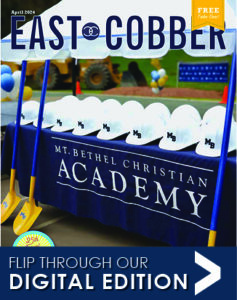For many kids, getting braces is a rite of passage toward becoming a teenager. Orthodontics is recommended not only to straighten the teeth, but also to correct bite (occlusion) problems that may adversely affect the teeth in the years to come. Teeth are naturally shaped to bite against complementary surfaces of opposing teeth. When teeth are not in their proper places, the bite can suffer resulting in TMJ problems and the wearing down and cracking of teeth. Speech impairments and difficulty chewing can also be a result of the teeth not being in the correct alignment. And then there is the emotional side of an unattractive smile. When you’re not confident in the way you look, your self-esteem suffers.
If the teeth are crooked, they may be hard to clean. Plaque accumulation in areas that are difficult to access with the toothbrush or floss can result in decay (cavities) and bone loss (periodontal disease.) Not only are crowded teeth difficult to keep clean, but they are challenging for a dentist to restore with fillings due to their odd angulations.
Since abnormal bites usually become noticeable between the ages of 6 and 12, orthodontic treatment often begins around those ages. However, orthodontics in the adult years can still be quite beneficial. Healthy teeth can be orthodontically treated at any age. And orthodontic treatment to correct a problem may prove less costly than the additional dental care required to treat the more serious problems that can develop in later years. Ask your dentist whether braces are right for you.
Dr. Cristi Cheek is the owner of Cheek Dental here in East Cobb. You may contact her at 770-993-3775 or visit www.cheekdental.com.
Reprinted from EAST COBBER’s June/July 2016 issue







